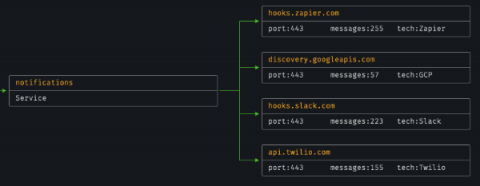Systems | Development | Analytics | API | Testing
Python
REST API Observability for Python
In this blog post we’ll help answer the age old question, “What does this service talk to and what does it say?” We’ll see how to inspect inbound and outbound REST API calls to see what calls are being made and what incoming traffic causes a reaction. This can be pretty handy when you’re taking over maintenance of an existing service, or if your code just isn’t behaving the way you expect.
Connecting to MySQL With Python
The Ultimate Guide to Logging in Python
Logging is used to track events that happen when an application runs. Logging calls are added to application code to record or log the events and errors that occur during program execution. In Python, the logging module is used to log such events and errors. An event can be described by a message and can optionally contain data specific to the event. Events also have a level or severity assigned by the developer. Logging is very useful for debugging and for tracking any required information.
How to Learn Python Scripting in 7 Simple Steps
How to Handle Unhashable Type List Exceptions in Python
The Python TypeError: unhashable type: 'list' usually means that a list is being used as a hash argument. This error occurs when trying to hash a list, which is an unhashable object. For example, using a list as a key in a Python dictionary will cause this error since dictionaries only accept hashable data types as a key. The standard way to solve this issue is to cast a list to a tuple, which is a hashable data type.
How to Catch Multiple Exceptions in Python?
When a program encounters an exception during execution, it is terminated if the exception is not handled. By handling multiple exceptions, a program can respond to different exceptions without terminating it. In Python, try-except blocks can be used to catch and respond to one or multiple exceptions. In cases where a process raises more than one possible exception, they can all be handled using a single except clause.








